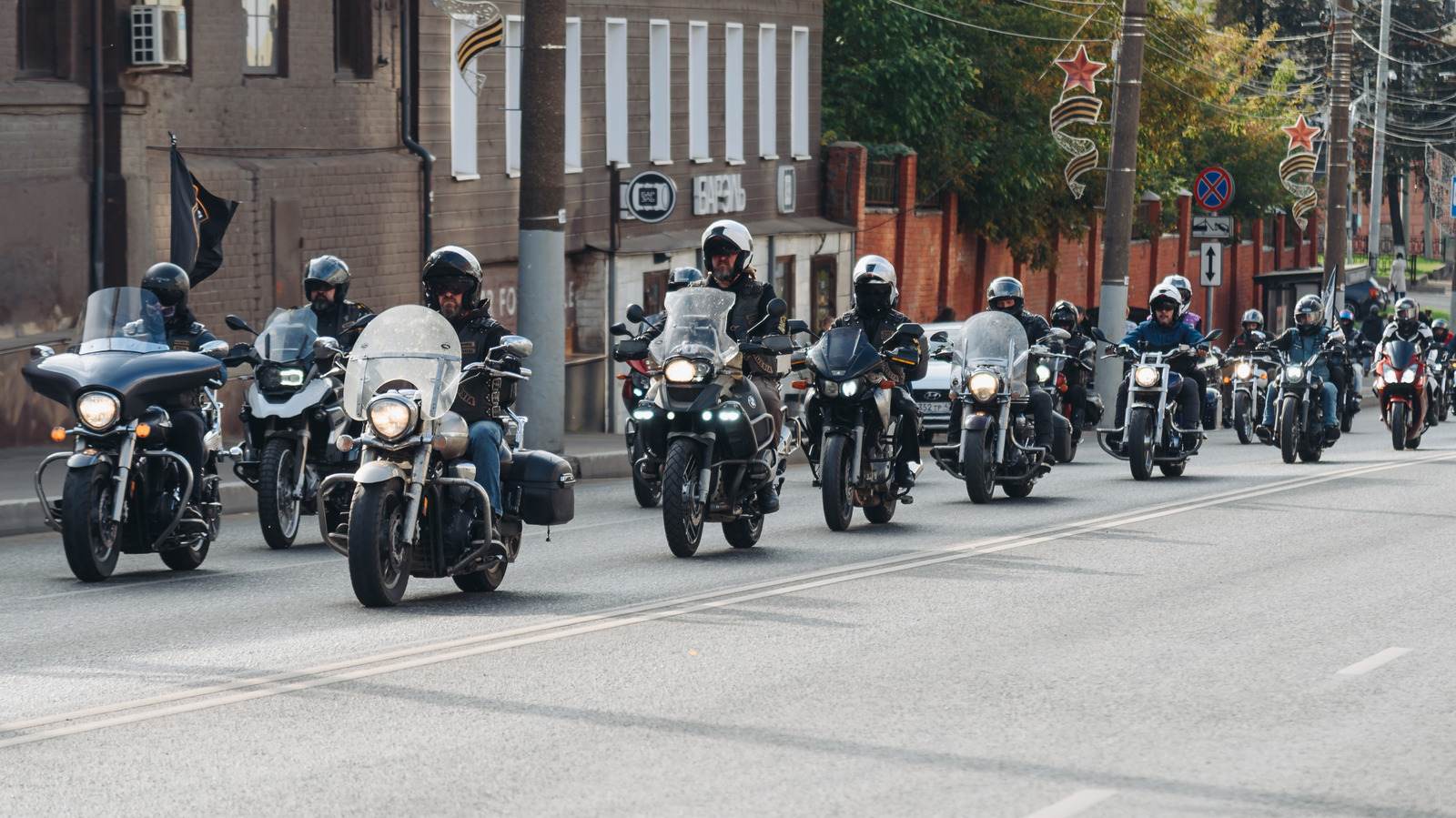Health
Mastering Motorcycle Communication: 13 Essential Hand Signals

Motorcycle enthusiasts often experience a unique sense of freedom when riding alone, but group rides offer an exhilarating camaraderie that deepens the experience. While popular motorcycle clubs like the Hells Angels have gained notoriety, the majority of motorcycle associations focus on shared enjoyment rather than gang-related activities. Effective communication during group rides is crucial, as riders rely on hand signals to convey important messages, ensuring safety and enjoyment for all participants.
Understanding and using hand signals is essential for smooth group dynamics. When the designated ride leader extends their left arm sideways and bends it at a 90-degree angle downward, this indicates a general stop. Riders further back in the convoy may not see the leader clearly, which is why it is critical for everyone to remain vigilant and mimic the leader’s signals. This simple action can prevent accidents caused by miscommunication.
Another important signal is the request for a refreshment stop. To indicate this, a rider should extend their left arm outwards to the side, form a thumbs-up, and bring the thumb to their chin. This gesture can be repeated until it is clear that everyone in the group has understood the message. Refreshment stops can vary from gas stations to picnic areas, depending on the context of the ride.
The signal for a comfort stop is similar in style. By extending the left arm at a 45-degree angle and forming a fist before bobbing the hand up and down, the leader communicates the need for a break. This hand signal allows riders to recharge and regroup during longer journeys.
Riders must also be aware of fuel requirements. To signal the need for gas, extend the left arm outward and point to the stomach with the index finger. This signal is particularly useful when approaching a gas station, giving everyone ample time to prepare for an exit.
Safety is paramount during group rides, which is why signaling to slow down is crucial. Riders should extend their left arm at a 45-degree angle with the palm facing down, then bob the forearm slightly. This signal serves as a warning to those behind that a reduction in speed is imminent. In contrast, to indicate an increase in speed, the left arm should be extended sideways at a 45-degree angle with the palm facing up, scooping the air in a repeated motion.
Turning signals are fundamental for maintaining safety and communication. To signal a left turn, extend the left arm sideways with the palm facing down and keep the arm still. For a right turn, bend the left arm at the elbow to form an L-shape. This method ensures that riders maintain control of their motorcycles while signaling, as using the right hand could compromise braking ability.
Hazard signals are among the most crucial communications during rides. The hazard-right signal is executed by extending the right leg and pointing the foot toward the direction of the danger. Conversely, the hazard-left signal involves the left arm extended downward at a 45-degree angle, pointing toward the hazard. It is vital for riders to only make these signals when they have clearly identified the potential danger to prevent confusion among the group.
In certain situations, such as navigating heavy traffic or merging lanes, riders may need to adopt a single-file formation. This is signaled by holding up the left hand with the index finger extended. Similar signals exist for double, triple, and quadruple-file formations, indicated by the corresponding number of fingers raised.
The biker wave, a longstanding tradition among motorcyclists, adds an element of community to the ride. Riders can either hold their hand high in a V shape or extend their left hand at a 45-degree angle with the same gesture. This wave is typically understood as a friendly acknowledgment among fellow riders.
Finally, tapping the top of a helmet has evolved in meaning. Initially signaling that a rider had their high beams on, it is now commonly used to alert others of police presence ahead. This gesture can prompt riders to adhere to traffic regulations, adding an element of caution to the ride.
In summary, effective communication through hand signals is essential for ensuring safety and enjoyment during motorcycle group rides. Riders must familiarize themselves with these signals to foster a harmonious riding experience, ultimately enhancing their shared passion for motorcycling.
-

 Entertainment3 months ago
Entertainment3 months agoAnn Ming Reflects on ITV’s ‘I Fought the Law’ Drama
-

 Entertainment4 months ago
Entertainment4 months agoKate Garraway Sells £2 Million Home Amid Financial Struggles
-

 Health3 months ago
Health3 months agoKatie Price Faces New Health Concerns After Cancer Symptoms Resurface
-

 Entertainment3 months ago
Entertainment3 months agoCoronation Street’s Carl Webster Faces Trouble with New Affairs
-

 Entertainment3 months ago
Entertainment3 months agoWhere is Tinder Swindler Simon Leviev? Latest Updates Revealed
-

 Entertainment4 months ago
Entertainment4 months agoMarkiplier Addresses AI Controversy During Livestream Response
-

 Science1 month ago
Science1 month agoBrian Cox Addresses Claims of Alien Probe in 3I/ATLAS Discovery
-

 Health4 months ago
Health4 months agoCarol Vorderman Reflects on Health Scare and Family Support
-

 World2 weeks ago
World2 weeks agoBailey Announces Heartbreaking Split from Rebecca After Reunion
-

 Entertainment4 months ago
Entertainment4 months agoKim Cattrall Posts Cryptic Message After HBO’s Sequel Cancellation
-

 Entertainment3 months ago
Entertainment3 months agoOlivia Attwood Opens Up About Fallout with Former Best Friend
-

 Entertainment2 weeks ago
Entertainment2 weeks agoCoronation Street Fans React as Todd Faces Heartbreaking Choice









